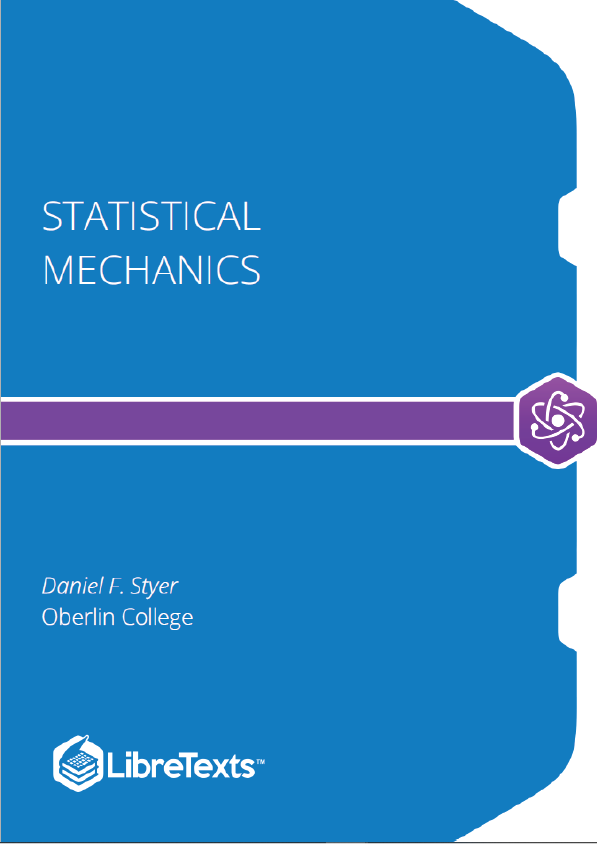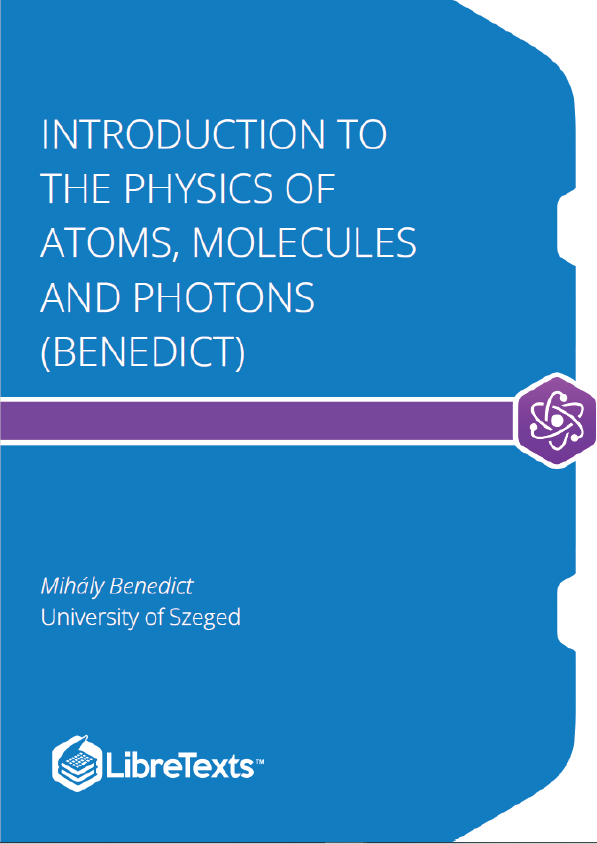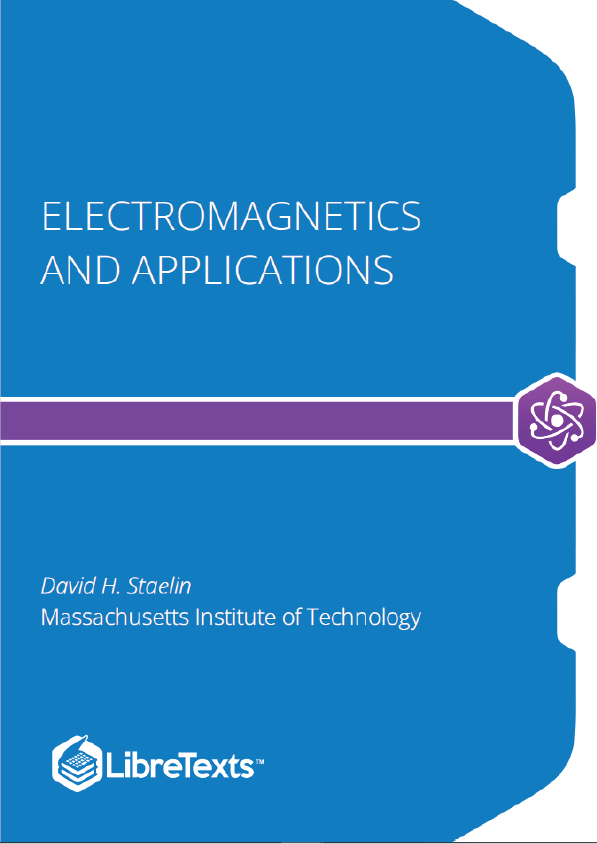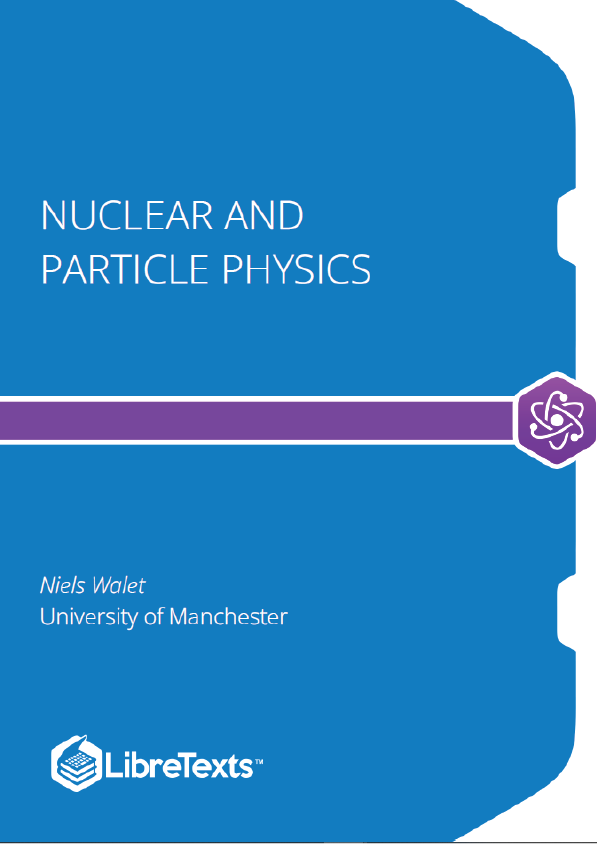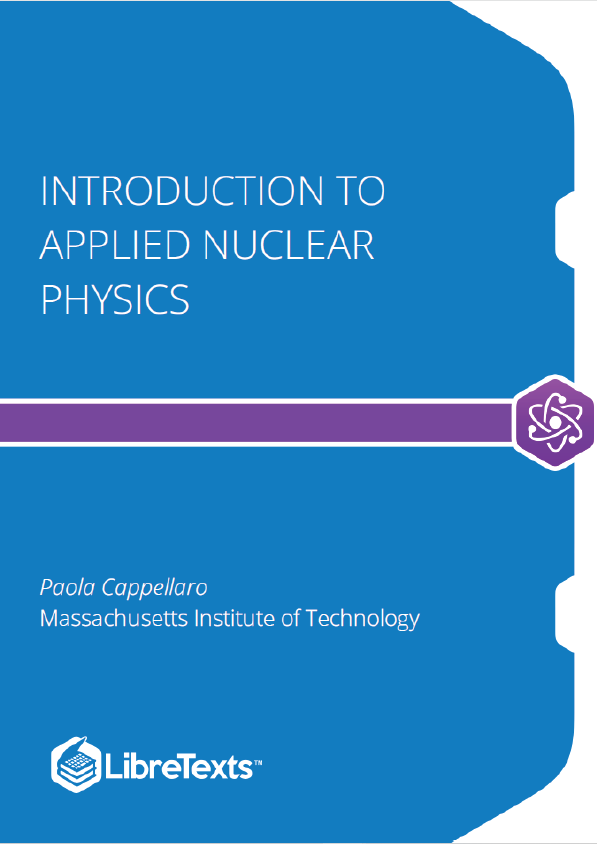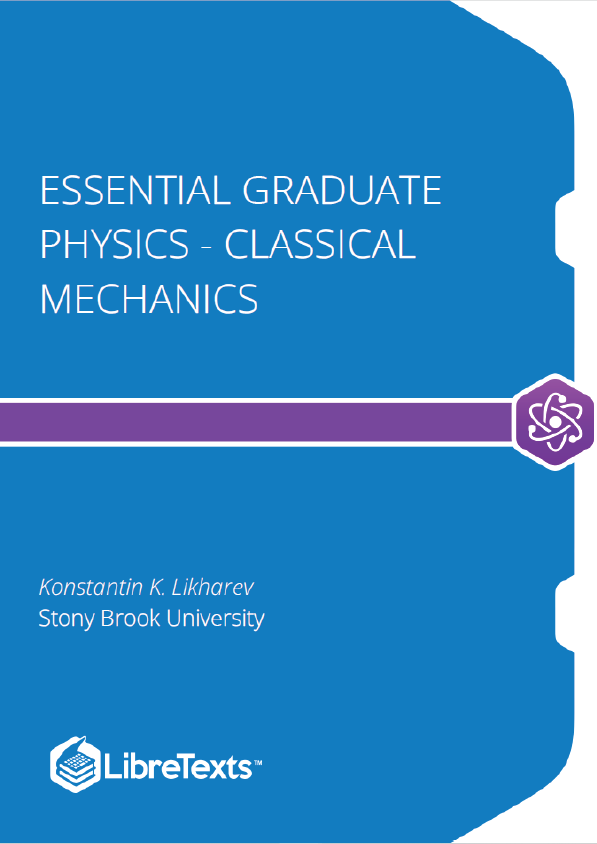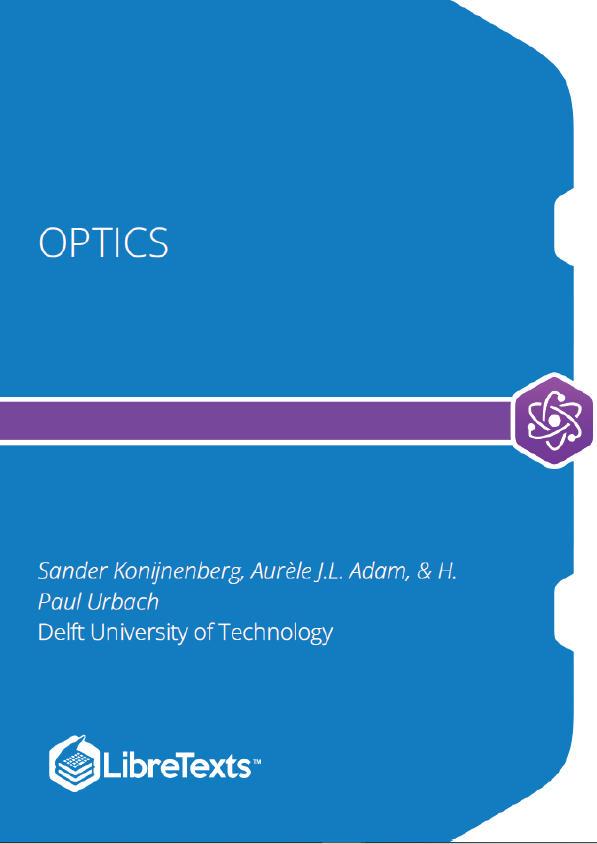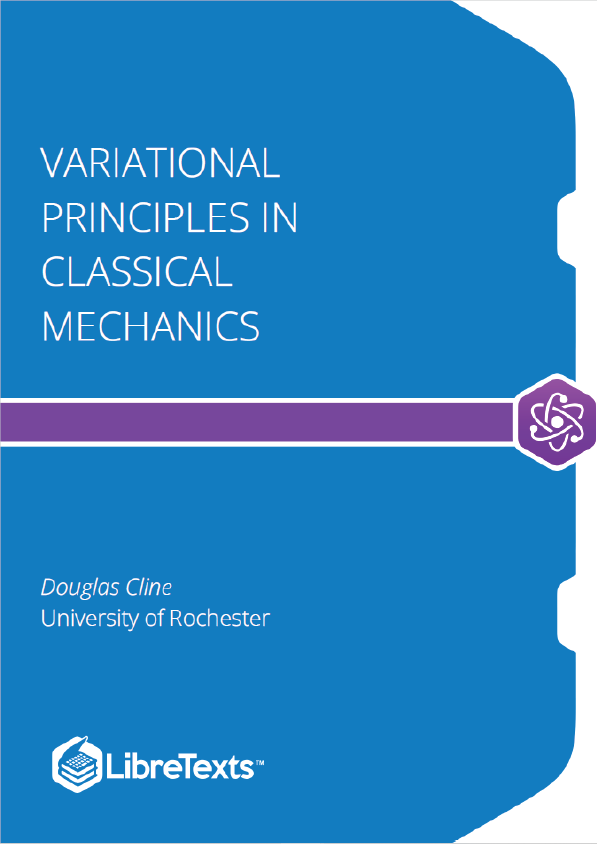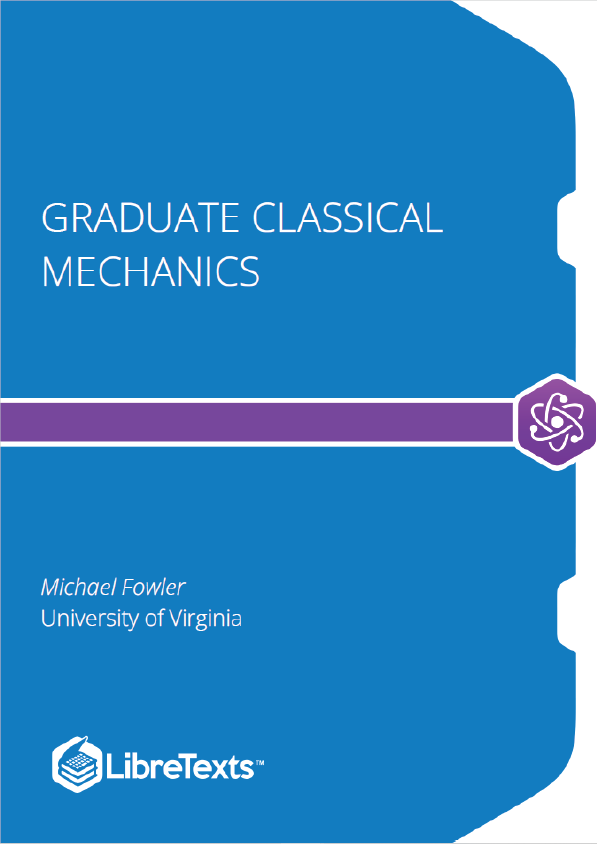This is a book about statistical mechanics at the advanced undergraduate level. It assumes a background in classical mechanics through the concept of phase space, in quantum mechanics through the Pauli exclusion principle, and in mathematics through multivariate calculus.
This book begins with a chapter, the properties of matter in bulk, that introduces statistical mechanics and shows why it is so fascinating.
It proceeds to discuss the principles of statistical mechanics. The goal of this chapter is to motivate and then produce a conceptual definition for that quantity of central importance: entropy. In contrast to, say, quantum mechanics, it is not useful to cast the foundations of statistical mechanics into a mathematically rigorous “postulate, theorem, proof” mold. Our arguments in this chapter are often heuristic and suggestive; “plausibility arguments” rather than proofs.
Once we have defined entropy and know a few of its properties, what can we do with it? The subject of thermodynamics asks what can be discovered about substance by just knowing that entropy exists, without knowing a formula for it. It is one of the most fascinating fields in all of science, because it produces a large number of dramatic and unexpected results based on this single modest assumption. This book’s chapter on thermodynamics begins begins by developing a concrete operational definition for entropy, in terms of heat and work, to complement the conceptual definition produced in the previous chapter. It goes on to apply entropy to situations as diverse as fluids, phase transitions, and light.
The chapter on ensembles returns to issues of principle, and it produces formulas for the entropy that are considerably easier to apply than the one produced in chapter 2. Armed with these easier formulas, the rest of the book uses them in various applications.
The first three applications are to the classic topics of classical ideal gases, quantal ideal gases, including Fermi-Dirac and Bose- Einstein statistics, and harmonic lattice vibrations or phonons.
The subject of ideal gases (i.e. gases of non-interacting particles) is interesting and often useful, but it clearly does not tell the full story. . . for example, the classical ideal gas can never condense into a liquid, so it cannot show any of the fascinating and practical phenomena of phase transitions. The next chapter treats weakly interacting fluids, using the tools of perturbation theory and the variational method. The correlation function is introduced as a valuable tool. This is the first time in the book that we ask questions more detailed than the questions of thermodynamics.
Finally we treat strongly interacting systems and phase transitions. Here our emphasis is on magnetic systems. Tools include mean field theory, transfer matrices, correlation functions, and computer simulations. Under this heading fall some of the most interesting questions in all of science. . . some answered, many still open.
The first five chapters (up to and including the chapter on classical ideal gases) are essential background to the rest of the book, and they must be treated in the sequence presented. The last four chapters are independent and can be treated in any order.
